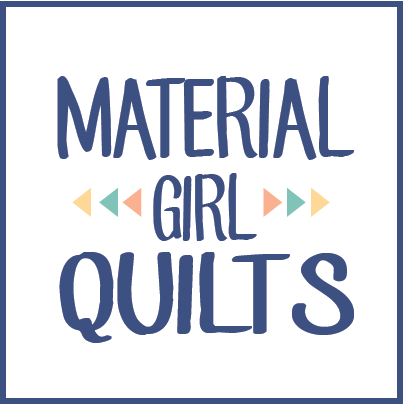Succulent Shelf {a tutorial}
The day has finally come that I can share my Succulent Shelf pattern with all of you who have been waiting!! (Seriously, thank you so much for the love you have shown me over this pattern. I appreciate it more than you'll ever know!) You can download the succulent plant and flower pot patterns in my shop {here}. The patterns will be a free download until May 1, 2015!! So, get it early to take advantage of this offer :)
When you download the Succulents pattern pack, it will contain 4 succulent plant and 4 flower pot patterns. You can mix and match the plants and pots, put them all together into a wall-hanging like the Succulent Shelf above, make individual succulents for pillows or mini quilts, or repeat the same one twenty times in a lap sized quilt...the possibilities are as endless as your creativity! I secretly wish someone would put some of these on a kitchen curtain. How cute would that be hanging in the window above a kitchen sink?!?
Okay, down to business...
Materials required to make the Succulent Shelf wall-hanging: (Crimson Tate has some kits available here):
Fabric scraps or various fat quarters for the succulent plants and pots
One 2 1/2" x 29 1/2" rectangle for the shelf
Between 1/2 and 3/4 yard of white fabric for the block background, sashing and borders. (I can get it done with 1/2 yard, but if you are new to paper piecing I suggest 3/4 yards).
1/4 yard binding fabric
1/2 yard backing fabric
Tutorial:
Paper piece all of your succulent plants and flower pots. Some things to remember while paper piecing your blocks:
Always place your first piece on the back side of the template, right side up and the next piece right side down.
Hold the template up to a window or light source to make sure the piece you are sewing down is at least 1/4" over the sewing line and is large enough to completely cover its section once folded back and pressed. (The below photo shows what it looks like as I'm preparing to sew down section A3).
Here is what it looks like on the back side of the template. You can use pins to keep it in place if you like, I prefer not to.
Sew directly on the template line. If your line reaches the edge of the template, sew into the seam allowance the full 1/4". If your line is "internal" and not at the seam allowance, just start and stop at the beginning and end of the line. I prefer to shorten my stitch length while paper piecing because it helps to remove the papers more easily when I'm done. If you don't shorten your stitch length, I recommend back-stitching at the start and stop points on the internal lines. (Note - a walking foot is not necessary for paper piecing, I was just in the middle of quilting another quilt and was too lazy to switch the foot.)
Once you have sewn down your next piece, fold the paper back and trim the excess fabric 1/4" away from your stitched line.
Unfold the paper template, open up the last sewn piece and press using a dry iron with a lower heat setting.
Continue with these steps until you have covered all of your template sections (the below photos show how it looks about mid-way through piecing the Aloe plant).
Once you have finished covering all of the template sections, trim them down to include a 1/4" seam as shown below.
Here is the front of the completed Aloe block.
Once all of your plants and pots are pieced, play around with them to find the combinations and layout you like best.
Sew your plant and pot blocks together into 6 1/2" x 12 1/2" sections. (Note - some of the pots are shorter than others. Depending on your layout, you may need to add a background piece to the top of a plant or two to make them finish at 12 1/2" tall).
From the white fabric, cut five 1 1/2" x 12 1/2" rectangles to use for sashing. Sew your sashing and blocks together so that there are strips on each side of every plant (i.e. sashing strip, plant, sashing strip, plant, sashing strip, plant, sashing strip, plant, sashing strip).
Your finished plant row should measure 12 1/2" x 29 1/2".
Sew your 2 1/2" x 29 1/2" rectangle shelf onto the bottom of your plant row. Your quilt top should now measure 14 1/2" x 29 1/2".
Cut two 2 1/2" x 14 1/2" rectangles from the white (background) fabric and sew one onto each end. Your quilt top should now measure 14 1/2" x 33 1/2".
Cut one 2 1/2" x 33 1/2" rectangle from the white (background) fabric and sew it onto the bottom.
Your finished quilt top should measure approx. 16 1/2" x 33 1/2".
Layer your quilt top, batting and backing and quilt as desired (I did straight line quilting approximately 1/4" apart). Bind your new quilt and put it somewhere that makes you happy :)
Thanks again for your love on this pattern and please let me know if you have any questions.
Amanda


